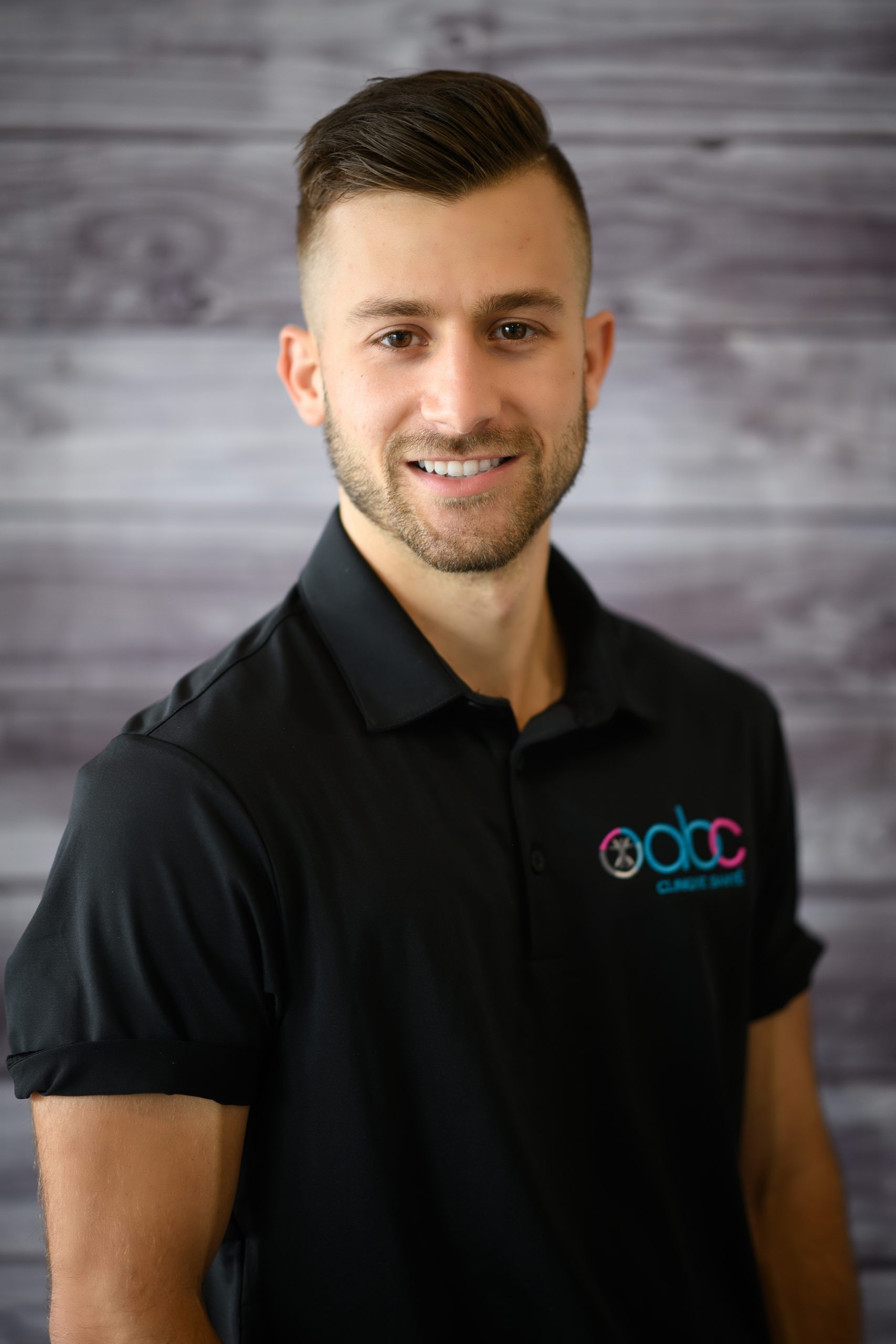
Due to certain highly popular videos on social media, chiropractors are commonly known as professionals who “crack bones or joints.” This topic is discussed daily by our chiropractors with new patients at ABC Health Clinic in order to debunk the myths surrounding this famous cracking, often referred to as “cavitation.”
To make you almost professionals in “cracking” and its “importance,” here are some common myths on the subject:
Myth 1: It is the bones that “crack” after a chiropractic adjustment (i.e., high-velocity joint manipulation)
No, that’s not the case! The noise that often occurs during chiropractic adjustments actually comes from a “gas” cavity forming in the fluid within the capsule surrounding your joints. When enough traction is applied to a joint, a cavity forms, and as a result, the famous “crack” can be heard.
Myth 2: The “crack” is necessary for the treatment to have the desired optimal effect. In other words, “It has to crack.”
Think again, that’s not true. It has been repeatedly shown that various manual therapy techniques used by chiropractors, which less frequently produce a “crack,” such as low-velocity mobilizations, can lead to pain relief and temporary improvement in range of motion, just like techniques that result in the so-called “cavitation.” Moreover, it is common for a chiropractic adjustment to produce little or no audible sound, without diminishing the known “neurophysiological” effect of the intervention. However, some studies have shown that patients’ beliefs about the effectiveness of an intervention have a significant influence on clinical outcomes. Therefore, if you firmly believe that the “crack” is necessary to feel better, the relief resulting from a manipulation without an audible crack may be less pronounced for you. In other words, if you want to get the most out of your chiropractic care, don’t worry too much about the “crack”; it is only important to the extent that you believe it is. Yes, our beliefs can have impressive effects on the nervous system—it’s quite remarkable!
Myth 3: During a spinal adjustment, the crack always occurs precisely where the manipulation is applied
While it may seem logical at first glance, this is a myth that is still commonly propagated today. In fact, it is not uncommon for the audible sound to not come from the targeted joint(s) manipulated by your chiropractor, while at other times, the sound may appear to originate from the exact location where the chiropractor placed their manual contact. Recent studies have shown that it is often difficult to be certain without sophisticated and expensive equipment. However, rest assured, this does not mean that the maneuver was “botched” if there wasn’t a nice “crack”! As mentioned earlier, the “crack” is not necessary to achieve the desired effect by your chiropractor. It is simply a phenomenon that occurs without significant impact on our treatments.
Dr. Charles Bélanger, Chiropractor.
References
Kawchuk GN, Fryer J, Jaremko JL, Zeng H, Rowe L, Thompson R. Real-time visualization of joint cavitation. PLoS One. 2015 Apr 15;10(4):e0119470. doi: 10.1371/journal.pone.0119470. PMID: 25875374; PMCID: PMC4398549.
Bialosky JE, Beneciuk JM, Bishop MD, Coronado RA, Penza CW, Simon CB, George SZ. Unraveling the Mechanisms of Manual Therapy: Modeling an Approach. J Orthop Sports Phys Ther. 2018 Jan;48(1):8-18. doi: 10.2519/jospt.2018.7476. Epub 2017 Oct 15. PMID: 29034802.
Ross,J.K.,Bereznick,D.E.&McGill,S.M.Determining cavitation location during lumbar and thoracic spina lmanipulation:Is spinal manipulation accurate and specific?. Spine 29, 1452–1457 (2004).
Beffa, R. & Mathews, R. Does the adjustment cavitate the targeted joint? An investigation into the location of cavitation sounds.
- Manipulative Physiol. Ther. 27, 118–122 (2004).
Dunning,J.etal.Bilateralandmultiplecavitationsoundsduringuppercervicalthrustmanipulation.BMCMusculoskelet.Disord.
14, 24 (2013).
Nim CG, Downie A, O’Neill S, Kawchuk GN, Perle SM, Leboeuf-Yde C. The importance of selecting the correct site to apply spinal manipulation when treating spinal pain: Myth or reality? A systematic review. Sci Rep. 2021 Dec 3;11(1):23415. doi: 10.1038/s41598-021-02882-z. PMID: 34862434; PMCID: PMC8642385.
-
Dr Charles Bélanger
Chiropractor




